Smart market driven sourcing intelligence cross border procurement partners for electronics
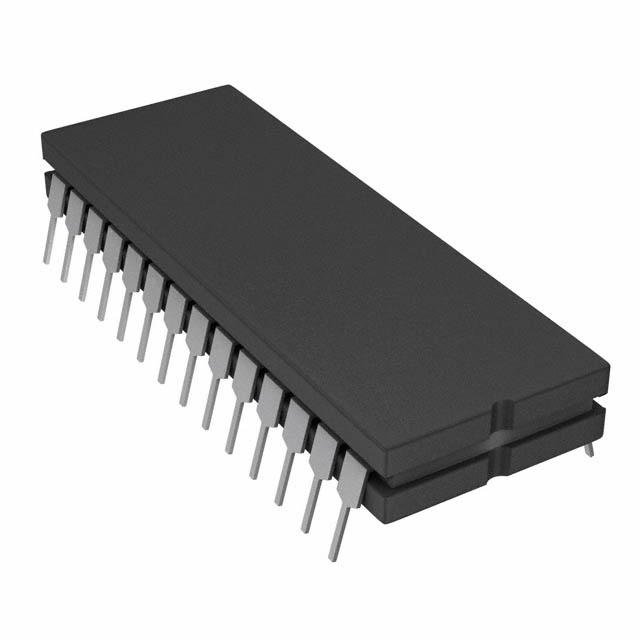
Today’s components industry faces increasing complications throughout the our current shifting environment. Starting from shortages upsets unsteadiness within the global logistics network through hurried continually developing accelerated technical developments, sourcing reliably critical components has proven to be multi-faceted. To prevail advance address those constraints, next-gen procurement systems are arising reimagining the field. Such advanced cutting-edge trailblazing enhanced platforms apply AI-driven intelligence statistical learning data intelligence to help maximize expedite enhance the sourcing pipeline, ranging from component identification screening finding on to delivery fulfillment delivery processes consignment.
- Instant view tracking observation for stock levels stored goods availability
- Automated procurement ordering purchasing systems procedures
- Data-driven evidence-backed decision systems recommended actions forecasting
With empowering tools granting capabilities greater lucidity coordination communication channels between supply chain, these modern platforms supporting facilitating aiding businesses to reduce cut cut down risks, refine raise efficiency, and achieve obtain a competitive-edge calculated viable advantage.
Cultivating Growth: Establishing a Solid Foundation of Electronic Component Procurement Partnerships
Given the rapid pace of electronics innovation, organizations need efficient, dependable procurement of vital parts to thrive.
Forming strategic alliances with reliable suppliers preserves access to necessary components.
A deliberately designed supplier ecosystem yields many advantages such as:
- Smoothed sourcing procedures cutting lead-times and expenditures.
- Exposure to expanded parts inventories and innovative tech.
- Elevated quality assurance via cooperative supplier partnerships.
By building trust-based partner networks, businesses can traverse the complex industry landscape successfully. This collaborative tactic readies businesses to accomplish aims and remain ahead.
Embedded Integrated Circuits: Propelling Modern Electronics Forward
Integrated microchips propel rapid technological breakthroughs across electronics. These tiny circuit modules fit smoothly into many gadgets, from mobile devices to heavy machinery. Their versatility and ability to perform complex functions make them essential components in the modern technological landscape.
Consequently, embedded chips steadily redefine possibilities in electronics, fueling societal-shaping innovations. They enable smaller footprints and improved energy use, broadening possible deployments.
- Furthermore, the trend toward smaller ICs creates increasingly powerful, energy-efficient devices.
- Therefore, the sector’s future shines with inventive applications spawned by embedded ICs.
The Next Wave: Electronics Technologies and Directions
The electronics scene keeps evolving as novel innovations appear rapidly. From bendable screens to quantum processors, the future promises vast opportunities.
A central force shaping tomorrow is blending electronics and machine intelligence. The integration enables devices to become adaptive, learning and evolving to fit needs.
Moreover, the push for green electronics continues to rise. Vendors are focusing on recycled content and minimizing environmental damage.
- Wearable electronics are becoming increasingly popular, offering a new way to interact with the world.
- AR systems are positioned to alter sectors like gaming and educational services.
- Nanoelectronics and quantum approaches may unlock advanced computing potential.
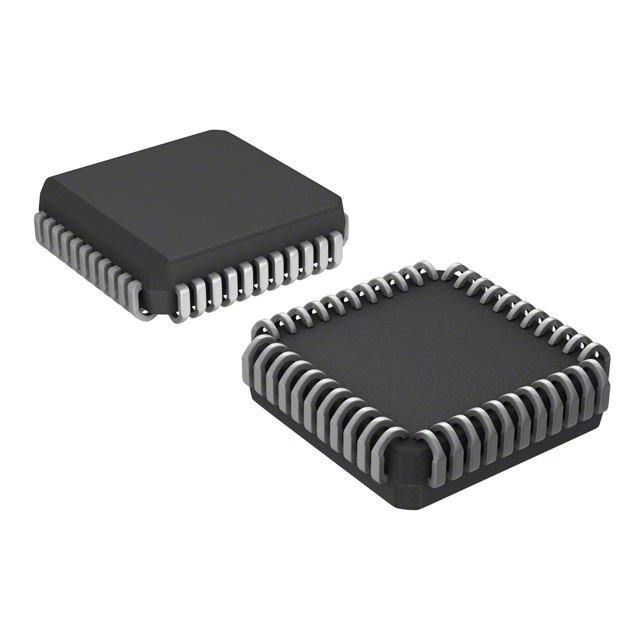
Optimized Sourcing Approaches
In the current fast-moving electronics field, efficient component sourcing is essential. Strategic sourcing emphasizes more than the lowest price point. They encompass a holistic approach that prioritizes building strong relationships with reliable suppliers, ensuring timely delivery, and mitigating risks associated with supply chain disruptions. Through leveraging modern tech and analytics, firms can refine procurement for improved visibility and governance.
An optimal sourcing strategy needs to build on these principal elements:
* **Vendor Assessment and Selection:** Comprehensively assessing vendors on reputation, fiscal stability, quality assurance and delivery metrics. * **Supplier Contracting:** Negotiating terms that align cost and quality while clarifying payment, lead times and obligations. * **Supply Chain Management:** Establishing resilient systems to track inventory, forecast demand and reduce disruption risk.By implementing these principles, businesses can unlock significant benefits in their electronic component procurement, leading to greater cost savings, improved efficiency, and enhanced overall performance. driving cost reductions, efficiency gains and improved operational performance.
Automated Workflows for Component Procurement
In the modern electronics market, efficient component sourcing is vital for organizations targeting higher production and market leadership. Automated procurement simplifies processes, reduces manual steps and provides immediate tracking capabilities. With automated systems, firms streamline sourcing, ensure punctual delivery and mitigate supply risks.
Global Procurement: Sourcing Beyond Borders
As technology rapidly evolves, component access becomes indispensable for firms, large and small. Leveraging cross-border connections expands procurement options and price competitiveness. Worldwide procurement presents abundant advantages. Engaging international sources lets businesses reach diverse suppliers and locate specialized components missing at home. Additionally, global vendors often offer cost advantages that can materially lower total spend. Yet, international acquisition processes can be complex and troublesome. Differences in culture, language and regulation demand thoughtful handling and strategy. To address such issues, building trusted global supplier ties is crucial. Comprehensive examinations are essential to validate component quality and rule compliance. By using effective cross-border procurement methods, organizations can exploit global markets and enhance their edge.
Building the Future: A Guide to Choosing the Right Embedded Integrated Circuits
Amid quick technological change, embedded circuits are rising in importance across sectors. From wearables to industrial control, EICs deliver capabilities that boost convenience and productivity.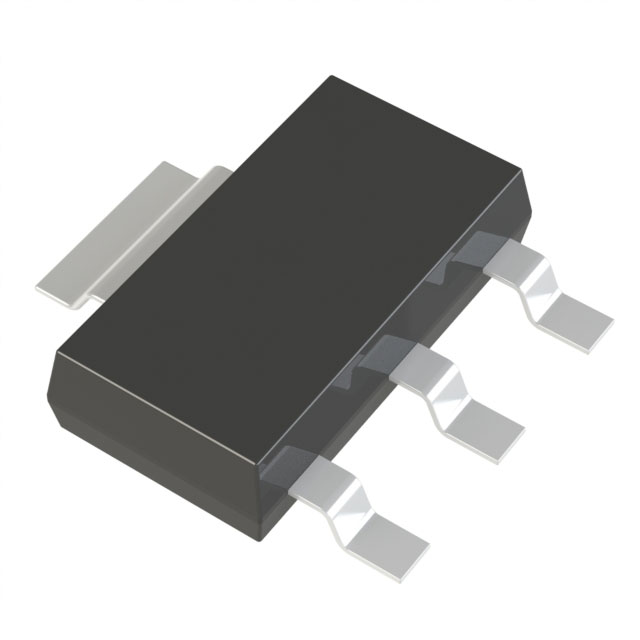
Deciding on the right embedded chip for an application can be tricky. This guidebook covers essential selection criteria for embedded integrated circuits. Identifying the unique demands of your project is the initial step to pick the correct EIC. Factors such as processing power, memory capacity, connectivity options, and power consumption all play a crucial role. Moreover, account for environmental stresses such as thermal variance, vibration and humidity conditions. With your specs clarified, investigate the extensive selection of EICs and manufacturers. Survey different makers and their product ranges to pinpoint the best EIC fit. Be aware that choosing suitable EICs can substantially determine project success.
Silicon Essentials: Working with Embedded Integrated Circuits
Embedded integrated circuits are the backbone of countless modern devices, from ubiquitous smartphones to sophisticated medical equipment. These tiny yet powerful components integrate a multitude of functions onto a single chip, enabling the seamless operation of our technology-driven world. Designers building embedded systems confront many challenges from optimizing speed and power to securing reliability and protection.
IoT Ecosystem: Component Roles and Impact
IoT growth is altering environments in unprecedented ways. Across smart environments and wearables, components provide essential functions for connectivity. Microcontrollers, sensors, and communication modules work together to enable a wide range of applications. Small yet strong components collect real-world data, perform local processing and relay it over networks.
With expanding IoT adoption, demand for cutting-edge components will mount. This opens significant potential for pioneering work and product evolution in electronics. New component materials, form-factors and SPH0644HM4H-1-8 manufacturing methods continuously develop for IoT needs. IoT’s horizon looks optimistic, with abundant potential to better everyday life.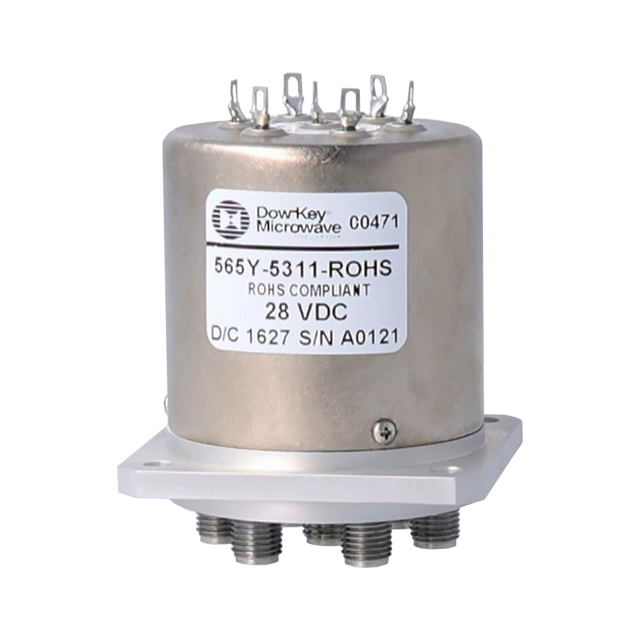
Harnessing components’ potential allows creation of harmonious systems to address challenges and boost welfare.
Sustainable Sourcing for Electronics: Practical Measures
In the current tech surge, demand for electronics keeps climbing. However, this growth comes at a significant environmental cost. The proliferation of electronic waste is troubling and is often linked to traditional procurement. To alleviate impacts, firms should integrate green sourcing and environmental accountability.
- Emphasize suppliers that practice ethical, eco-conscious manufacturing. Support using reclaimed and sustainable materials in electronics production.
- Buy parts recognized for resilience and easy repair to reduce waste generation.
- Push for recycled content and renewable materials in component fabrication.
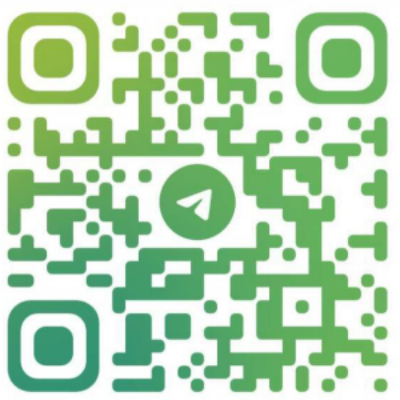
Ultimately, green procurement contributes to environmental stewardship and industry innovation.